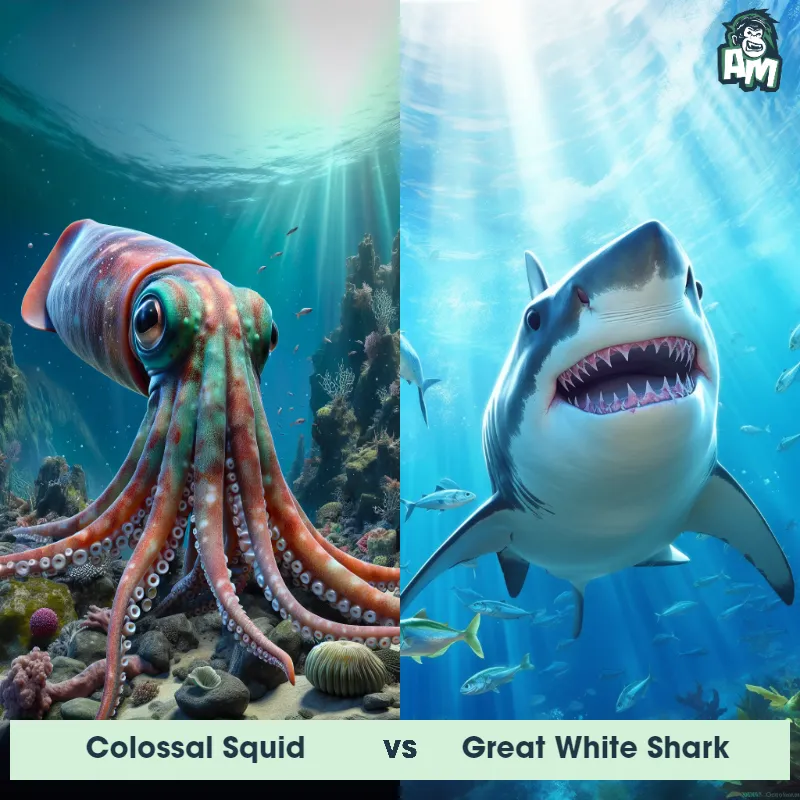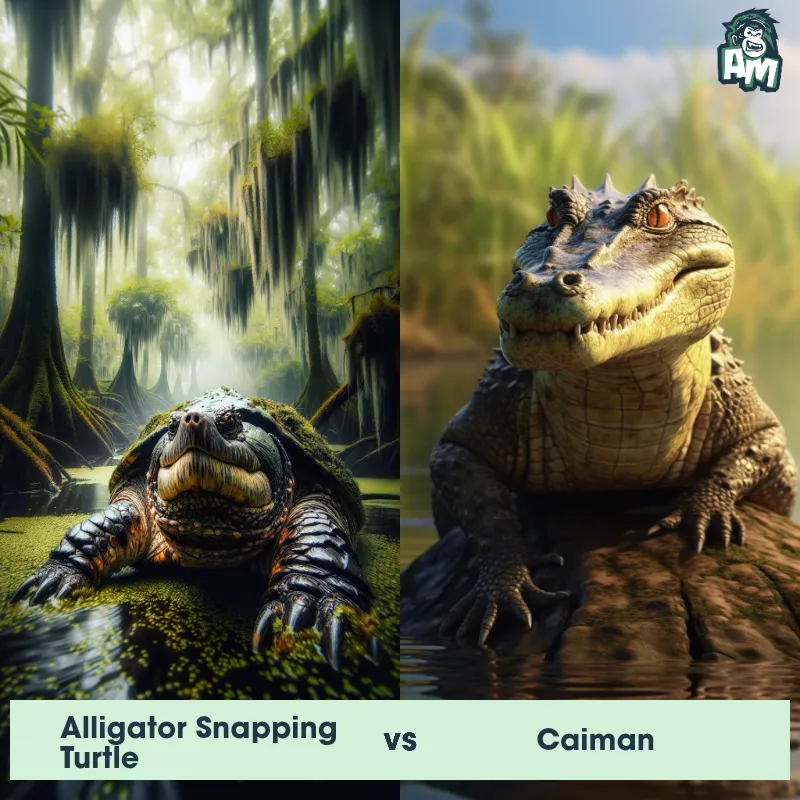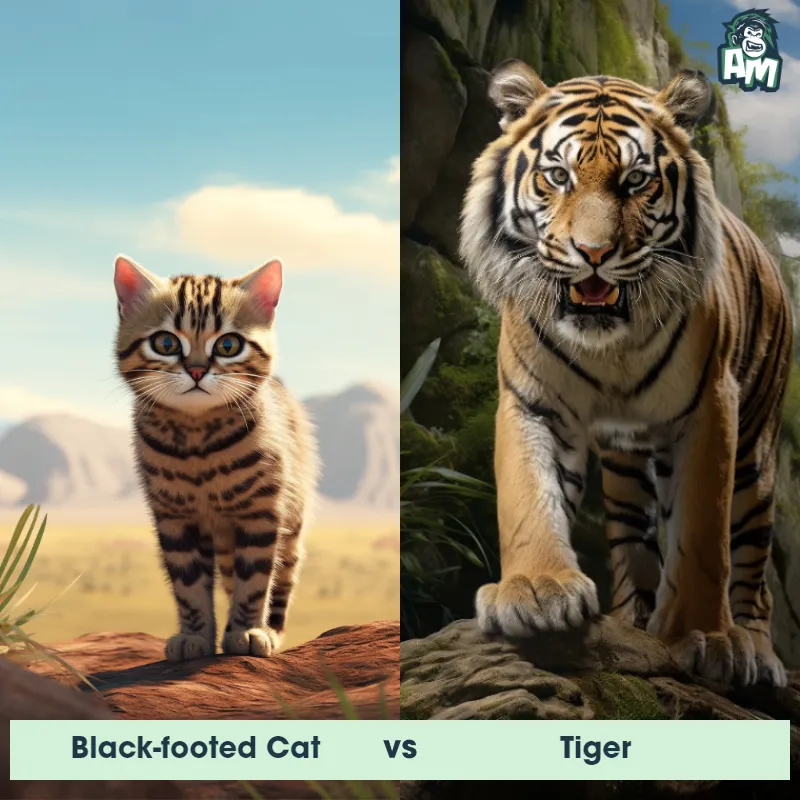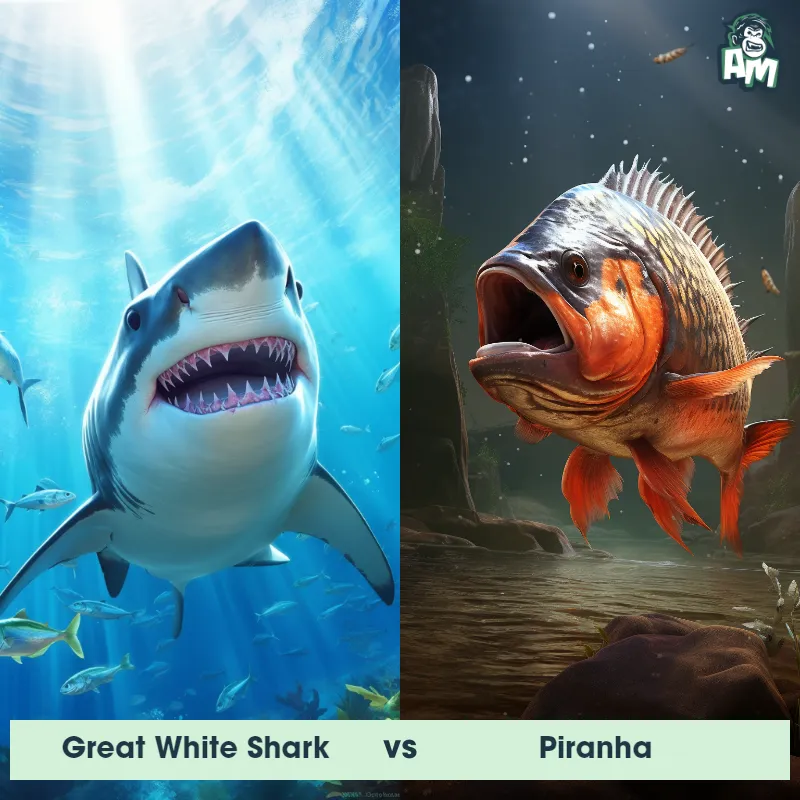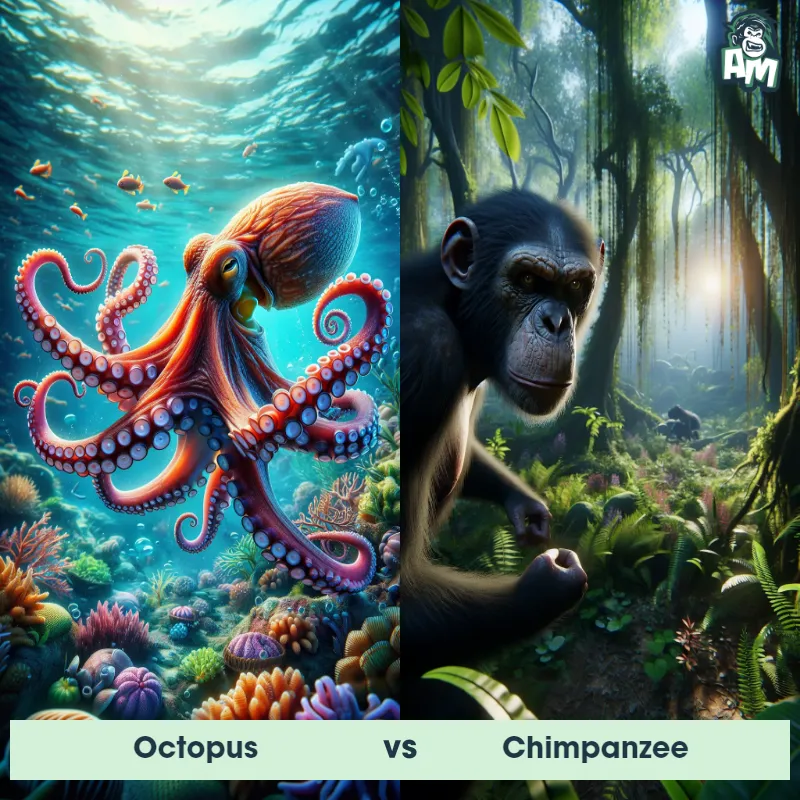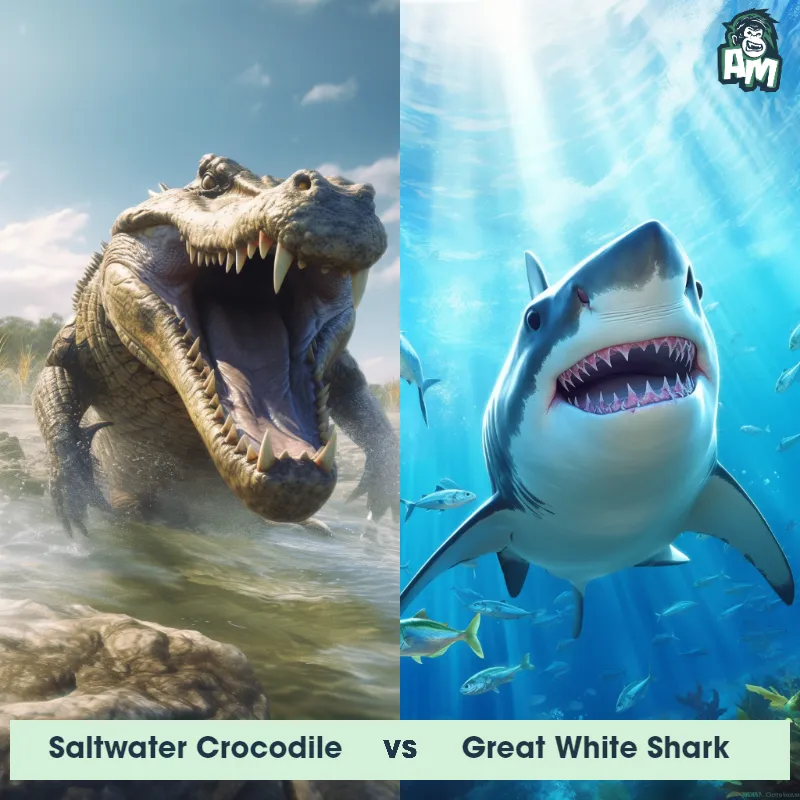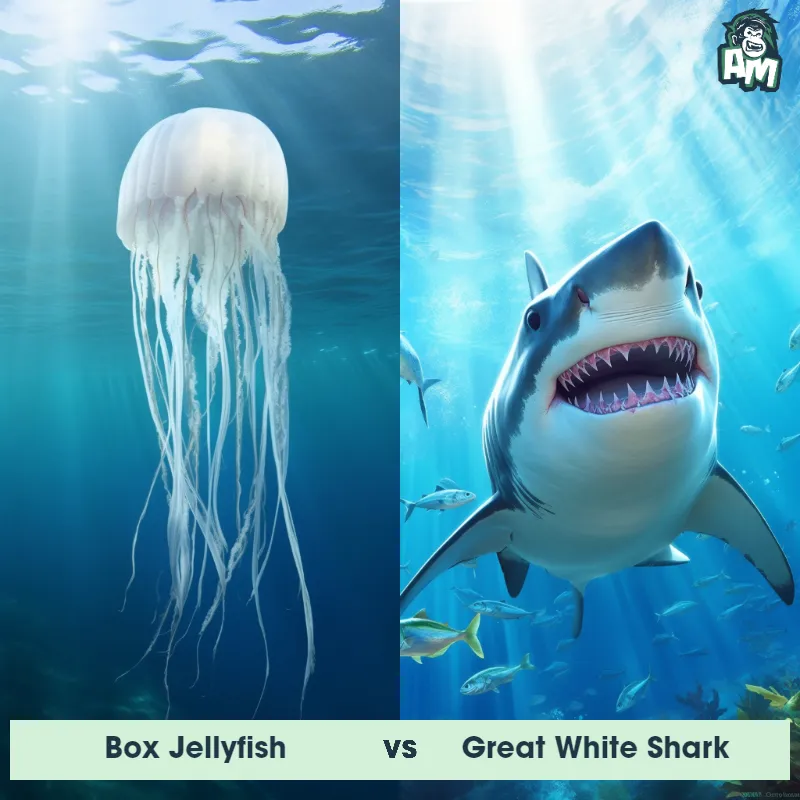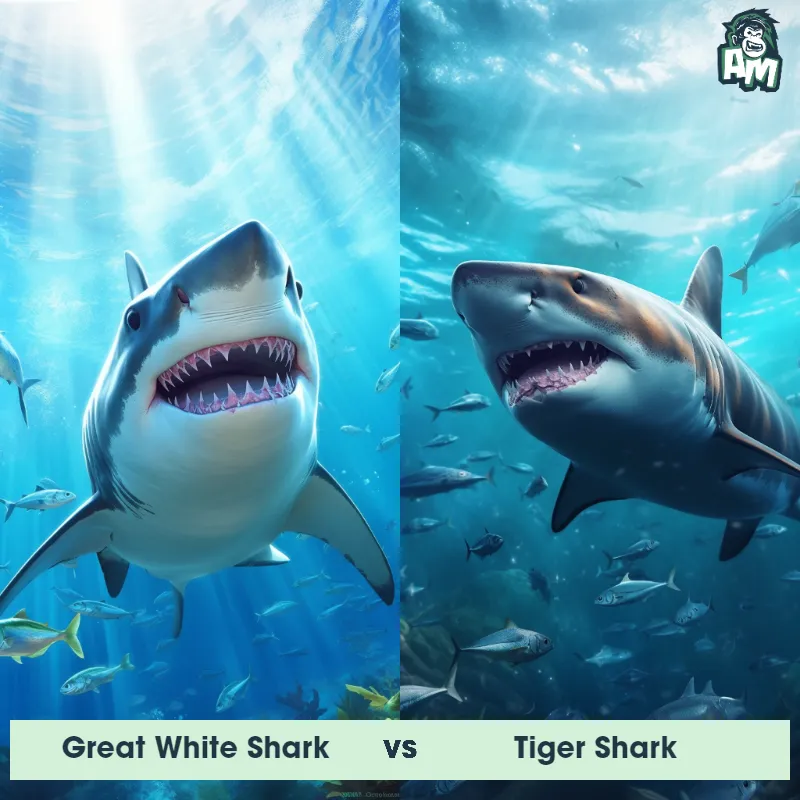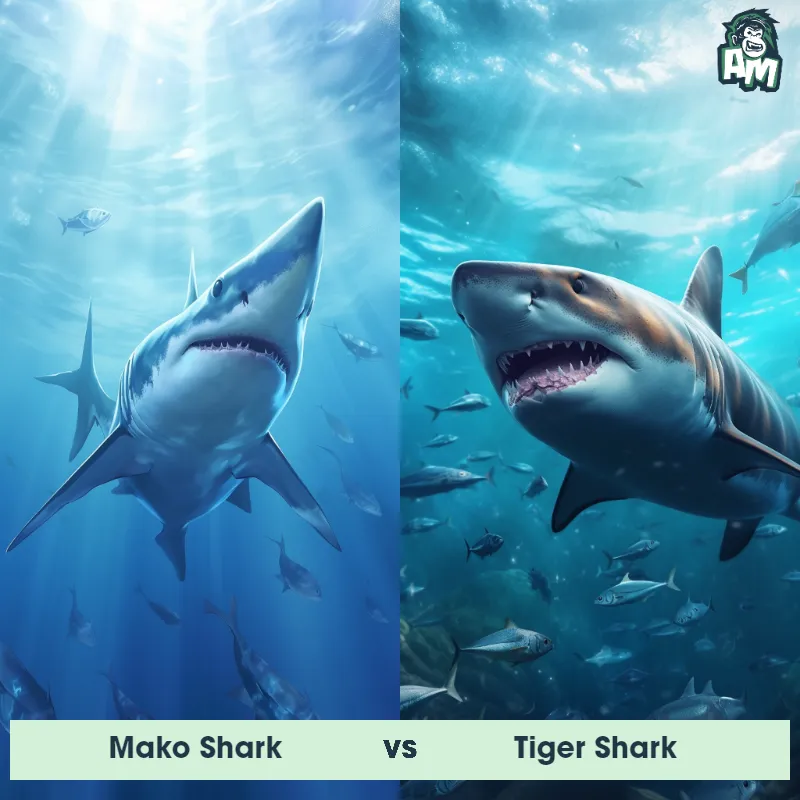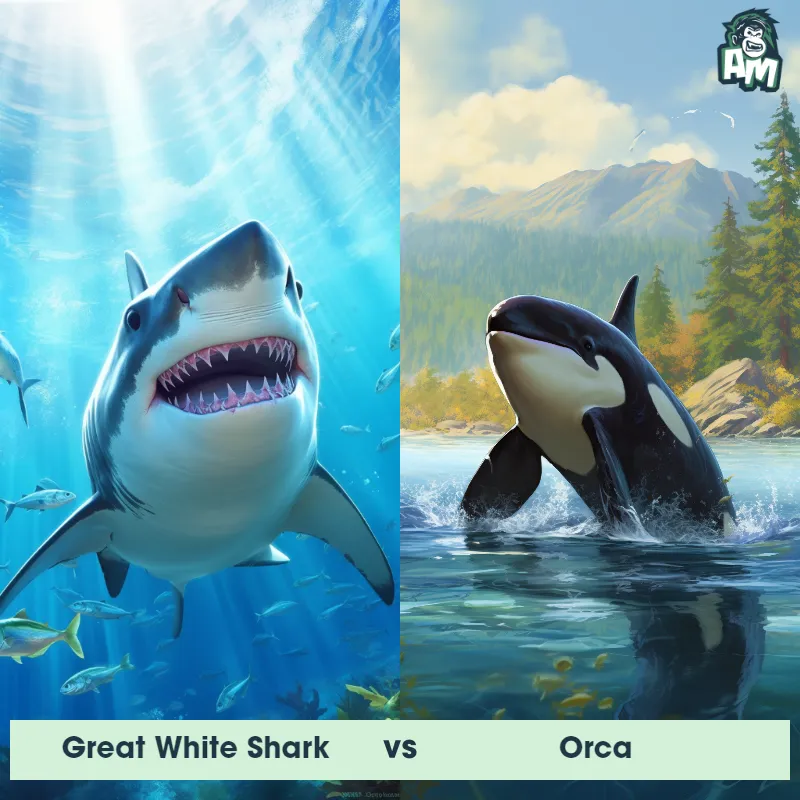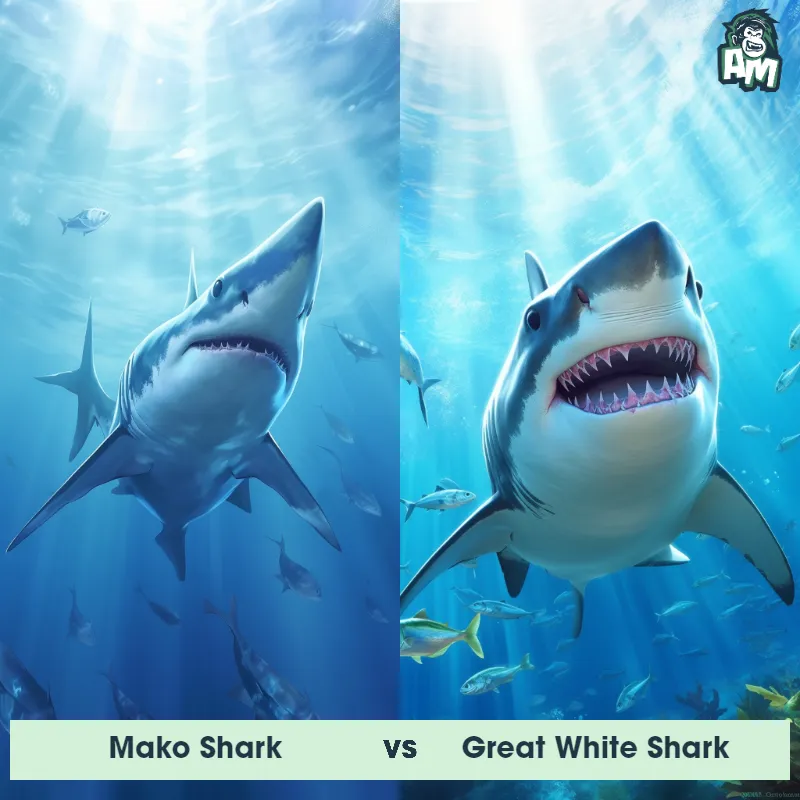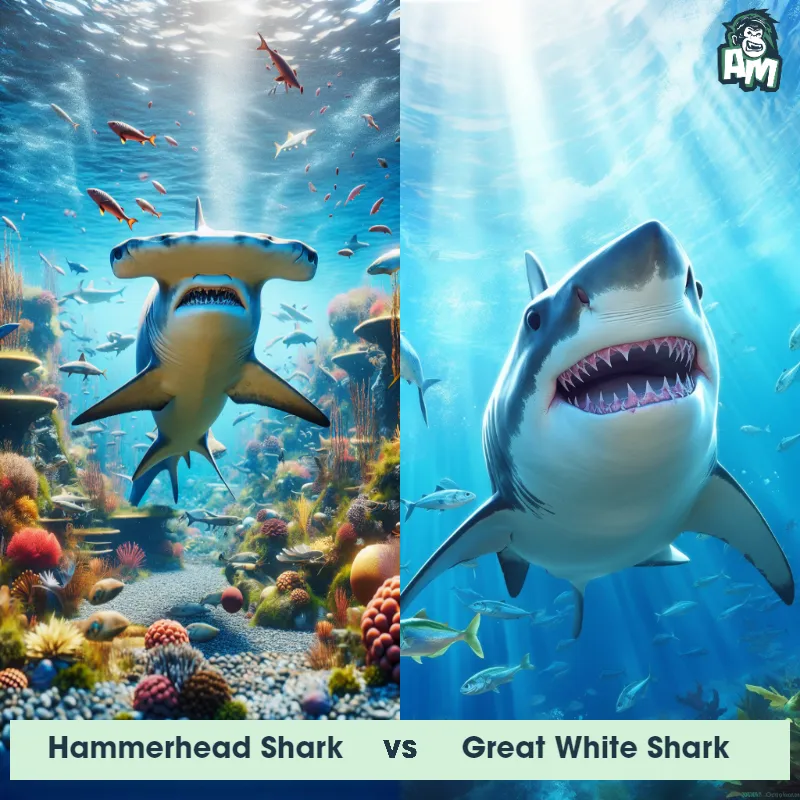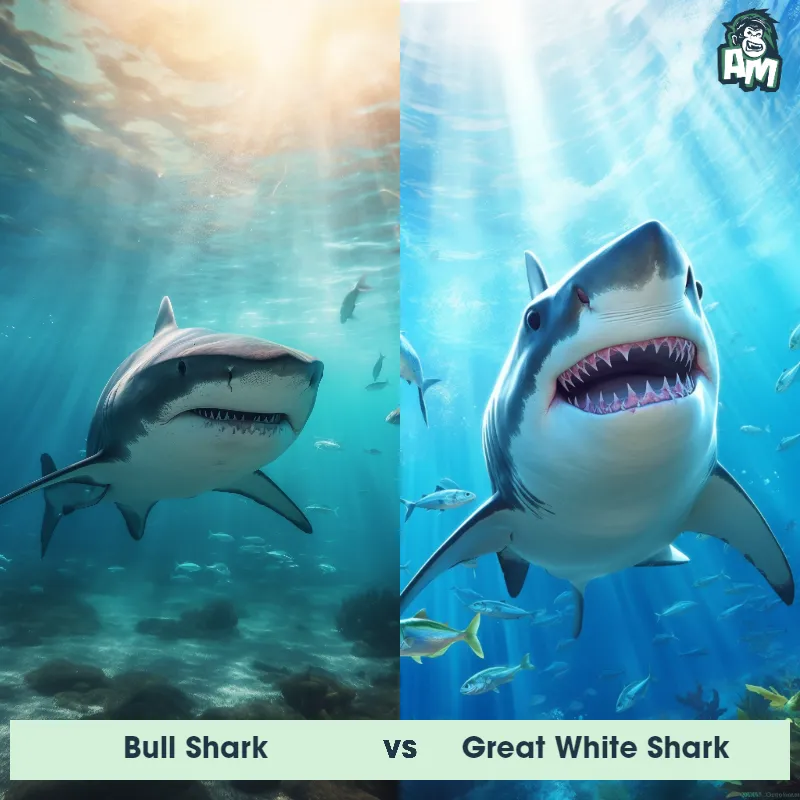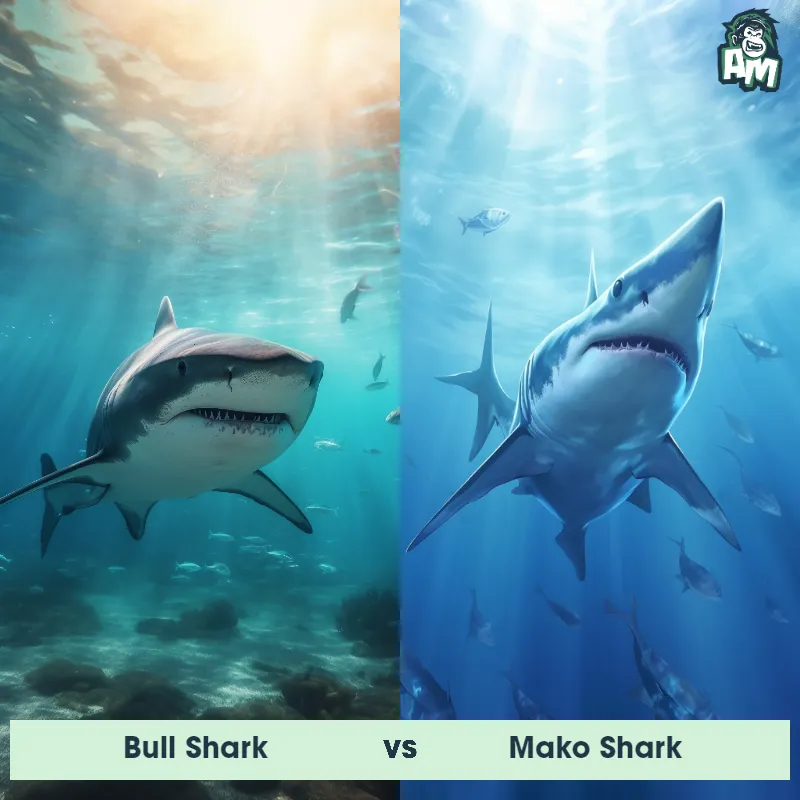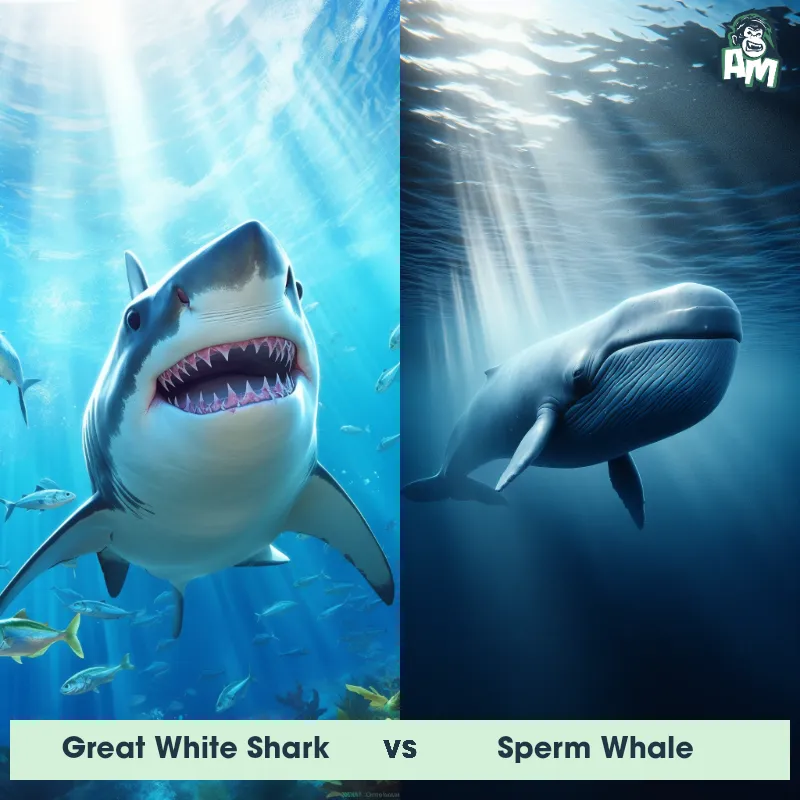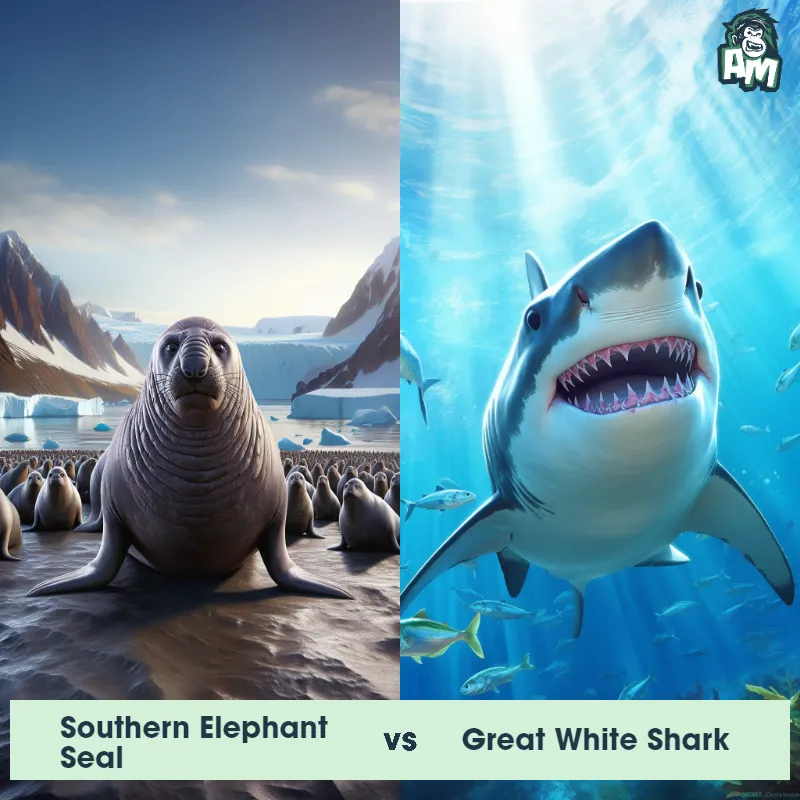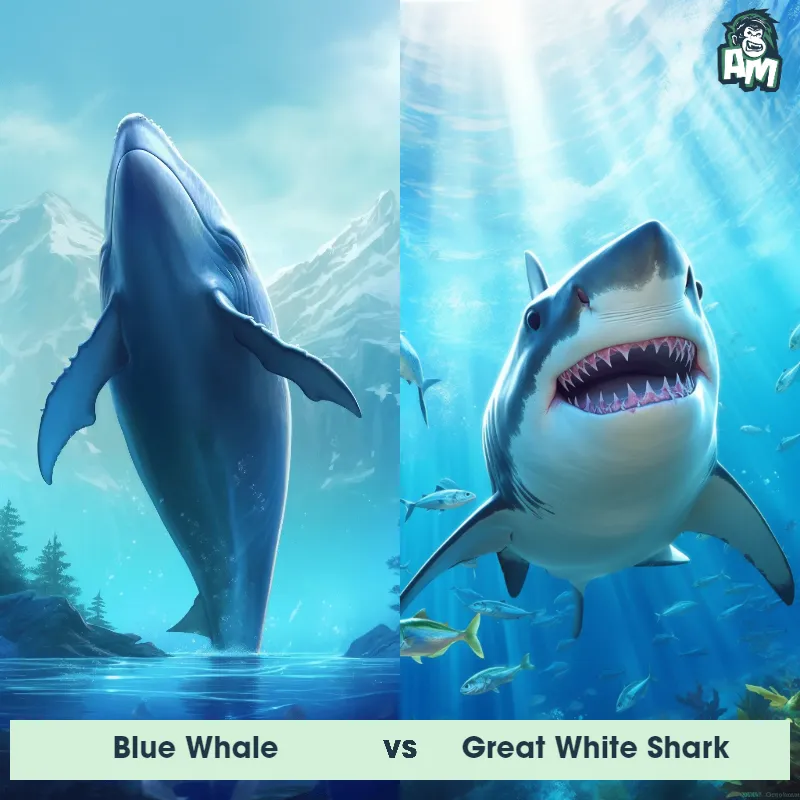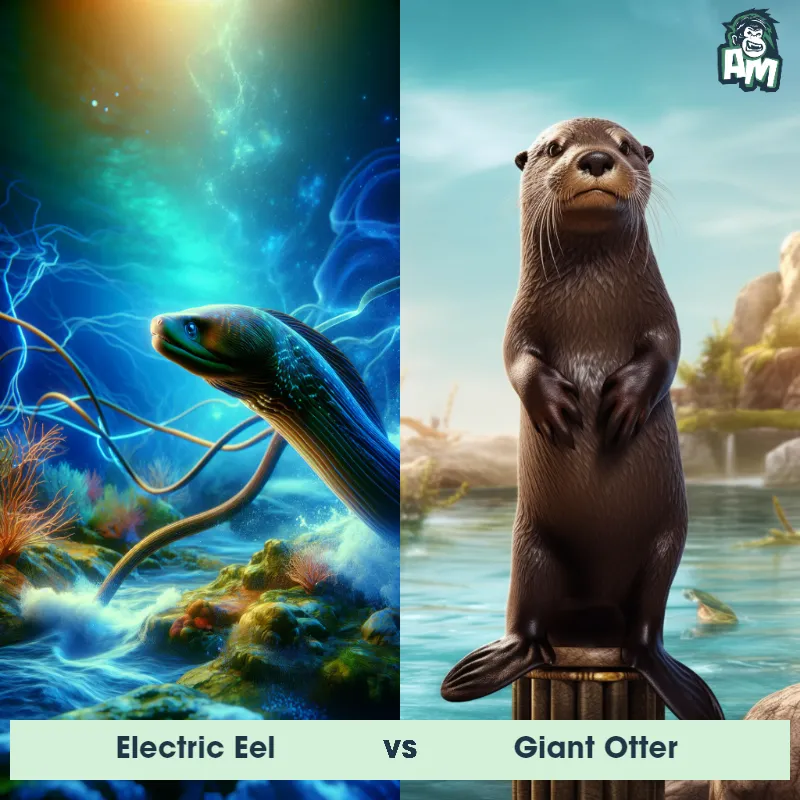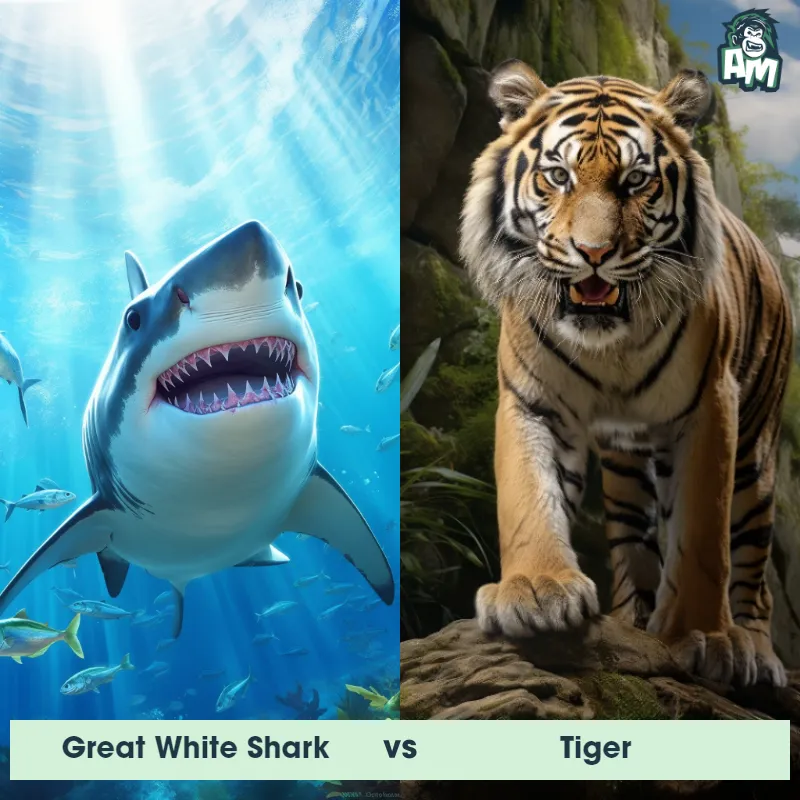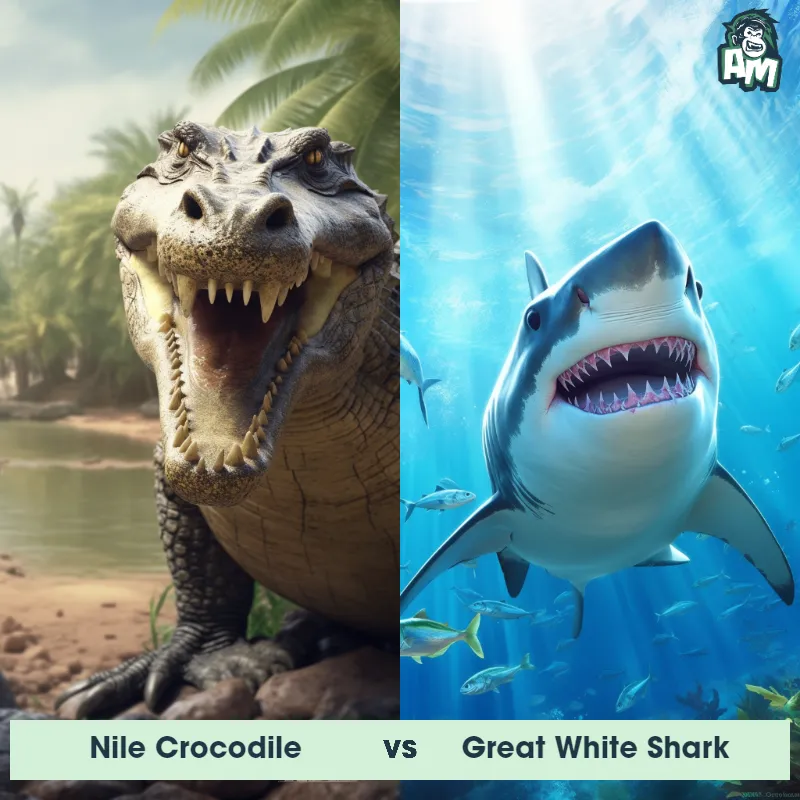Electric Eel vs Great White SharkSee Who Wins

Ladies and gentlemen, welcome to this thrilling matchup between two underwater powerhouses! In one corner, we have the swift and electrifying Electric Eel, known for its vibrant electric currents. And in the opposite corner, we have the mighty Great White Shark, armed with its colossal size and unparalleled ferocity. Get ready for a truly electrifying battle of epic proportions!
Contender 1: Electric Eel
The Electric Eel, also known as the Electrophorus electricus, is a freshwater fish found in the Amazon and Orinoco River basins in South America. Despite its name, it is not an eel but rather a type of knifefish. It can grow up to 8 feet long and weigh up to 44 pounds. The Electric Eel has a unique ability to generate electric shocks of up to 600 volts, which it uses for hunting and self-defense.
Fun Fact: The Electric Eel's electric shocks are so powerful that they can stun or kill prey, as well as deter predators such as caimans and humans.
Contender 2: Great White Shark
The Great White Shark, also known as the white pointer or white death, is a large predatory fish that can grow up to 20 feet in length and weigh over 5,000 pounds. They have a distinctive torpedo-shaped body, grayish-brown skin, and rows of sharp teeth that can number up to 300. Great White Sharks are found in coastal waters all over the world and are known for their powerful jaws and ability to breach the surface of the water.
Fun Fact: Great White Sharks have a unique sense of smell that allows them to detect a single drop of blood in 25 gallons of water, which is equivalent to the size of an Olympic swimming pool.
Matchup Stats
| Electric Eel | Great White Shark | |
|---|---|---|
| Size | Up to 8 feet (2.4 meters) | Up to 20 feet (6.1 meters) |
| Weight | Up to 44 pounds (20 kilograms) | Over 5,000 pounds (2,268 kilograms) |
| Speed | Speed: 0.6 mph (0.97 km/hr) | Speed: 25 mph (40 km/hr) |
| Key Strength | Electric shocks of up to 600 volts | Powerful jaws and sharp teeth |
| Biggest Weakness | Vulnerable to physical attacks | Vulnerable gills and eyes |
Current Votes
Electric Eel vs Great White Shark
See Who Wins
View More Matches
Looking For More?
Similar Matches
Scientific Stats
| Electric Eel | Great White Shark | |
|---|---|---|
| Scientific Name | Electrophorus electricus | Carcharodon carcharias |
| Family | Electrophoridae | Lamnidae |
| Habitat | Freshwater | Coastal waters |
| Geography | Amazon and Orinoco River basins in South America | Worldwide |
| Diet | Fish, amphibians, and small mammals | Carnivorous, primarily seals and sea lions |
| Lifespan | 15 years - 22 years | 70 years - 100 years |
Key Differences between Electric Eel and Great White Shark
- FinsElectric Eel: It possesses a long, fin-like dorsal fin that extends along its back. Great White Shark It has multiple fins, including a large dorsal fin on its back, pectoral fins on its sides, and a crescent-shaped caudal (tail) fin.
- Size: Electric Eel It is generally smaller in size, reaching an average length of around 6 feet (1.8 meters). Great White Shark It is much larger, commonly growing to lengths of 15-20 feet (4.6-6 meters) or more.
- Body Shape: Electric Eel It has a long, cylindrical body shape, resembling that of a snake. Great White Shark It possesses a streamlined, torpedo-shaped body with a large, tapered head.
- Coloration: Electric Eel It exhibits a dark-gray or blackish-brown coloration overall. Great White Shark It displays a counter-shaded coloration, with a white belly and a gray or brownish-gray upper body.
- Skin Texture: Electric Eel It has smooth, slimy skin. Great White Shark It possesses rough, sandpaper-like skin due to its dermal denticles.
- Facial Features: Electric Eel It has a relatively small head with a mouth that appears to be in the lower half of its face. Great White Shark It possesses a large, powerful head with a prominent, wide-set mouth containing several rows of sharp, triangular teeth.



